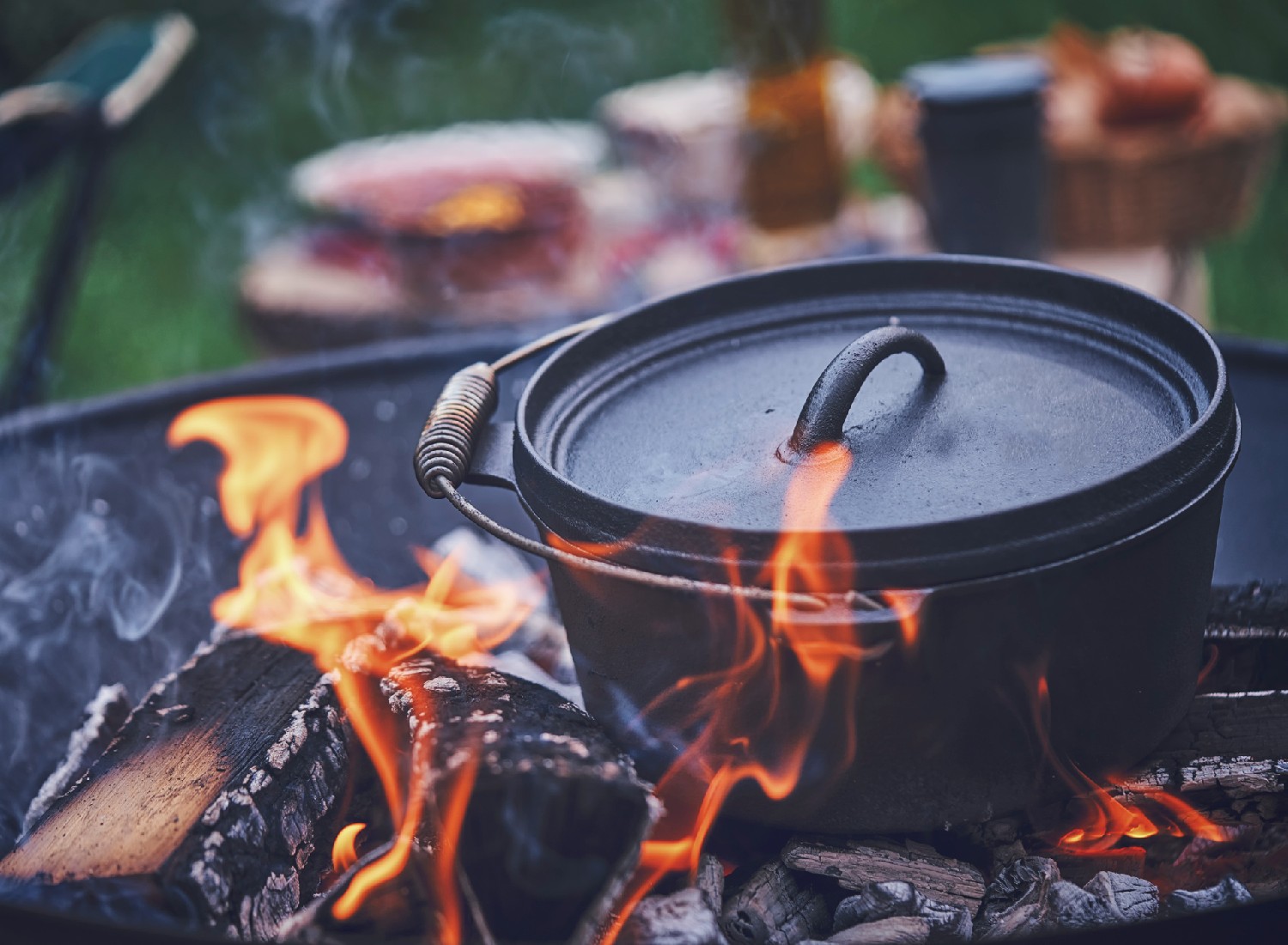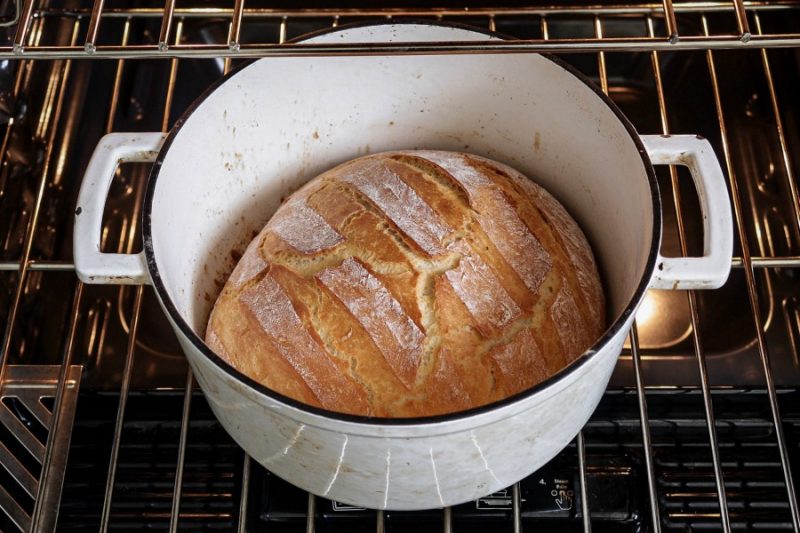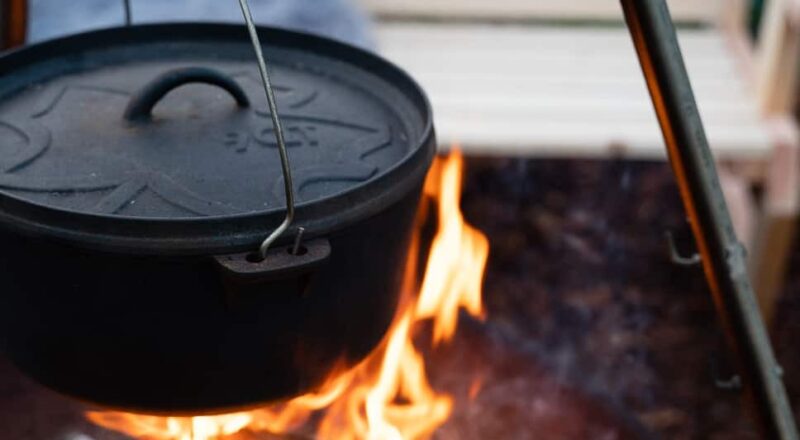When it comes to creating the perfect comfort food for chilly evenings, nothing beats a richly-flavored and hearty beef stew. Theres something incredibly soothing about the aroma of simmering vegetables, tender beef, and fragrant herbs wafting through the house. Today, were diving into the art of making a beef stew recipe dutch oven stovetop technique that promises depth of flavor and the perfect consistency. With our step-by-step guide, you’ll master this classic dish in no time.

Ingredients for the Perfect Beef Stew
The key ingredients you’ll need for this robust and flavorful beef stew recipe dutch oven stovetop include:
- 2 lbs of beef chuck, cut into 1-inch cubes
- 3 tablespoons of olive oil
- 1 large onion, finely chopped
- 3 cloves of garlic, minced
- 4 large carrots, peeled and sliced
- 3 celery stalks, chopped
- 1 lb of baby potatoes, halved
- 4 cups of beef broth
- 2 cups of red wine
- 3 tablespoons of tomato paste
- 2 bay leaves
- 1 teaspoon of dried thyme
- Salt and pepper to taste
- Finely chopped parsley for garnish

Equipment Needed
Here’s what you’ll need:
- [Dutch Oven](https://www.amazon.com/Dutch-Oven-Camp-Ovens-Cups/dp/B004K64GJE)
- [Knife](https://www.amazon.com/Kitchen-Knives-Sharpening-Steel-Dishwasher/dp/B095RC4CLB)
- [Cutting Board](https://www.amazon.com/Cutting-Board-Antimicrobial-Dishwasher-Sustainable/dp/B09CB3S9H6)

Step-by-Step Guide to Make Beef Stew in Dutch Oven on Stovetop
Step 1: Preparing the Ingredients
The first and most crucial step is to prepare all your ingredients meticulously. Start by cutting the beef chuck into even-sized cubes. This ensures it cooks uniformly and becomes tender throughout the cooking process. Next, chop the onions, mince the garlic, peel and slice the carrots, chop the celery, and halve the baby potatoes. Having everything prepared ahead of time will make the cooking process smoother and more efficient.
Step 2: Browning the Beef
Begin by heating your Dutch Oven over medium-high heat. Add the olive oil and allow it to become hot but not smoking. Carefully add the beef cubes, ensuring they are spaced out and not overcrowded. This step is crucial for developing deep flavors, as browning the meat caramelizes the surface sugars and creates rich, complex flavors. Brown the beef cubes on all sides, then remove them from the Dutch Oven and set them aside.
Step 3: Sauting the Vegetables
In the same Dutch Oven, add a bit more olive oil if needed. Add the chopped onions, reducing the heat to medium. Saut until they become translucent and start to caramelize. Then, add the minced garlic and continue cooking for about 1 minute, stirring constantly to prevent burning. Follow up by adding the carrots and celery, cooking them until they start to soften. This process not only enhances the vegetable flavors but also helps to deglaze the pan, lifting up all those flavorful brown bits stuck to the bottom.
Step 4: Building the Stew Base
Once the vegetables are softened, stir in the tomato paste, ensuring its well incorporated. Tomato paste adds a concentrated depth of flavor that is indispensable in a good stew. Next, pour in the red wine, using it to deglaze the pan further. Scrape the bottom of the Dutch Oven with a wooden spoon to lift any remaining bits. This step imbibes the stew with a rich depth of flavor that transforms a good stew into an excellent one.
Step 5: Simmering the Stew
Return the browned beef cubes to the Dutch Oven. Add beef broth, bay leaves, dried thyme, salt, and pepper. Bring the mixture to a boil. Once boiling, reduce the heat to low, cover the Dutch Oven, and let the stew simmer for about 2 to 3 hours. This slow cooking process is where the magic happens. The low heat allows the flavors to meld and the beef to become incredibly tender.
Step 6: Final Adjustments and Serving
After simmering for a few hours, the beef should be fall-apart tender, and the stew should have thickened beautifully. If needed, you can make final seasoning adjustments by adding more salt and pepper to taste. Before serving, remove the bay leaves and garnish with finely chopped parsley for a pop of color and freshness. Serve the stew hot, ideally with crusty bread to soak up the delicious broth.
:max_bytes(150000):strip_icc()/Testing-StaubCastIron5.5QuartRoundCocotte-3-WillDickey-1342-376-33155a88784443eaa706f540ffb27b0d.jpg)
Cleaning and Maintenance Tips for Your Dutch Oven
After enjoying your delicious beef stew, its important to clean your Dutch Oven properly to maintain its quality and longevity. [Cleaning a Dutch Oven](https://www.goodhousekeeping.com/home/cleaning/a43276221/how-to-clean-dutch-oven) can be straightforward if done right.
- Use a soft sponge and mild dish soap to clean the Dutch Oven. Avoid using abrasive scrubbers that can damage the surface.
- For stubborn stains or stuck-on food, fill the Dutch Oven with warm water and allow it to soak for a few minutes before gently scrubbing.
- [Care for your cutting board](https://howtocleancastiron.com/how-to-store-cast-iron-dutch-oven)
Other Delicious Recipes to Try
If you enjoyed making this beef stew, you might want to try some other recipes using a Dutch Oven:
- Dutch Oven Chili
- Difference Between Dutch Oven and Pot
- Common Dutch Oven Size
- Why Does My Dutch Oven Stick?
Final Thoughts
Mastering the beef stew recipe dutch oven stovetop technique is an invaluable skill that will undoubtedly elevate your cooking game. The culmination of tender beef, rich broth, and robust vegetables makes this dish a standout comfort food perfect for any occasion. Plus, with the proper maintenance and care, your Dutch Oven will continue to serve you well in creating countless delicious dishes. Dont hesitate to experiment and enjoy the process of making a hearty, warming stew that is sure to delight everyone around your table.
Maintain Your Cookware Like a Pro
Ensuring your cookware remains in top condition means using the right cleaning products. We recommend trying out these: Cookware Cleaner and Cutting Board Conditioner for excellent results.
As an Amazon Associate, I earn from qualifying purchases.

